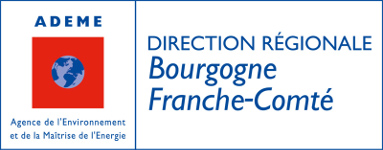Use a CDN
Some files such as the JavaScript libraries, CSS style sheets and images consume lots of network resources because there are lots of them and they are usually small. CDNs (Content Delivery Network) are thus recommended as they bring the files physically closer to users, saving large amounts of bandwidth and improving response time.
Improve the process flow
The amount of time a user spends on a website or an online service is the most significant factor in reducing or increasing the website’s environmental footprint. In other words, the less time the user spends on the website or online service, the smaller the environmental footprint.
You must therefore try to minimize the number of screens, steps and unnecessary interactions while at the same time ensuring that screens are not overloaded and too complex, which in itself can be counter-productive.








